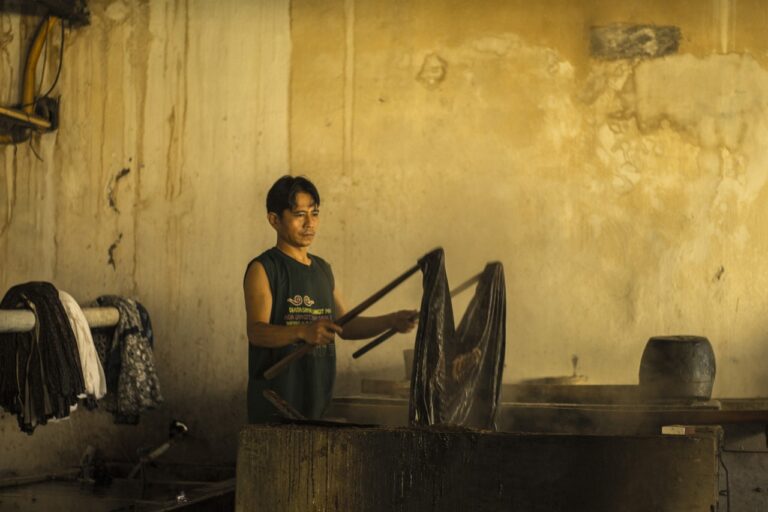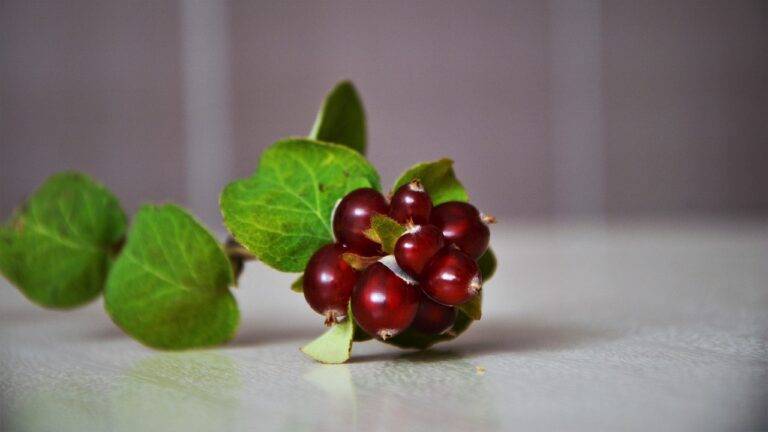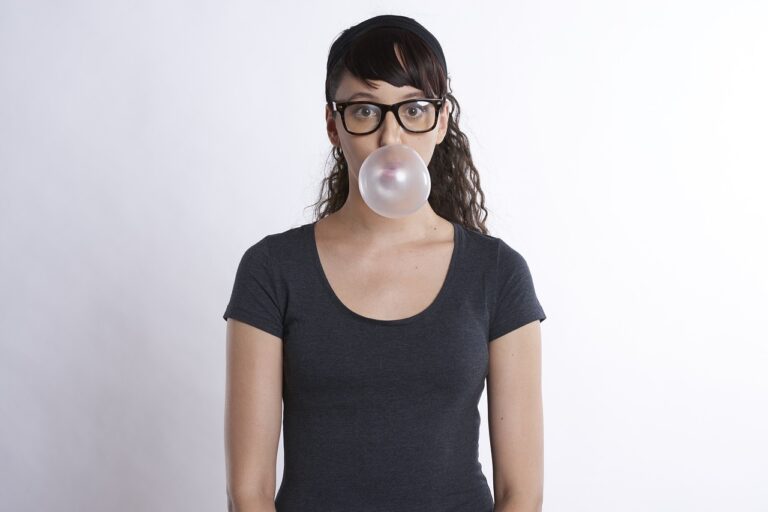Sustainable Living Water Conservation Strategies: Reducing Usage and Harvesting Rainwater
Water conservation is a critical practice to protect our planet’s precious resources. By reducing our water usage, we can help alleviate the strain on natural ecosystems and ensure sustainable water availability for future generations. Implementing efficient water conservation strategies not only benefits the environment but also helps lower water bills for households and communities.
Conserving water is essential in combating water scarcity, especially in regions prone to droughts or limited water supply. Every individual can contribute to this important cause by being mindful of their daily water consumption and adopting water-saving habits. Through small yet significant changes in our daily routines, such as fixing leaks, using low-flow fixtures, and avoiding unnecessary water waste, we can collectively make a positive impact on water conservation efforts.
Understanding Household Water Usage
Household water usage can vary greatly depending on several factors, such as the number of occupants in the home, daily routines, and even the geographical location. Simple tasks like washing dishes or doing laundry can contribute to a significant portion of water consumption if not done mindfully.
Understanding where water is being used the most in your household can help identify areas where water conservation efforts can be most effective. Monitoring water usage through water bills or by installing water usage tracking devices can provide valuable insights into daily patterns and habits that can be adjusted to reduce unnecessary water wastage.
Implementing Low-flow Fixtures and Appliances
Low-flow fixtures and appliances offer an effective solution for reducing water consumption in households. By installing low-flow showerheads, faucets, and toilets, homeowners can significantly decrease the amount of water wasted during daily activities. These fixtures are designed to maintain high performance while using less water, making them a practical and sustainable choice for any household.
In addition to saving water, implementing low-flow fixtures and appliances can also lead to long-term cost savings for homeowners. With reduced water usage, monthly water bills are likely to decrease, providing financial benefits in the long run. Furthermore, the installation of low-flow fixtures can contribute to a more eco-friendly lifestyle, aligning with efforts to conserve resources and protect the environment.
• Low-flow fixtures and appliances are effective in reducing water consumption
• They include showerheads, faucets, and toilets designed to use less water
• These fixtures maintain high performance while saving water
• Implementing low-flow options can lead to long-term cost savings for homeowners
• Monthly water bills are likely to decrease with reduced water usage
• Low-flow fixtures contribute to a more eco-friendly lifestyle by conserving resources and protecting the environment.
Why is water conservation important?
Water conservation is important to help preserve our natural resources, reduce water waste, and save money on water bills.
How can I understand my household water usage?
You can understand your household water usage by monitoring your water bills, checking for leaks, and using water conservation tools like water usage meters.
What are some examples of low-flow fixtures and appliances?
Some examples of low-flow fixtures and appliances include low-flow showerheads, faucet aerators, dual-flush toilets, and ENERGY STAR-rated washing machines and dishwashers.
How do low-flow fixtures and appliances help save water?
Low-flow fixtures and appliances help save water by reducing the amount of water used during everyday activities like showering, washing dishes, and doing laundry.
Are low-flow fixtures and appliances expensive to install?
While some low-flow fixtures and appliances may have a higher upfront cost, they can help save money in the long run by reducing water usage and lowering water bills.







